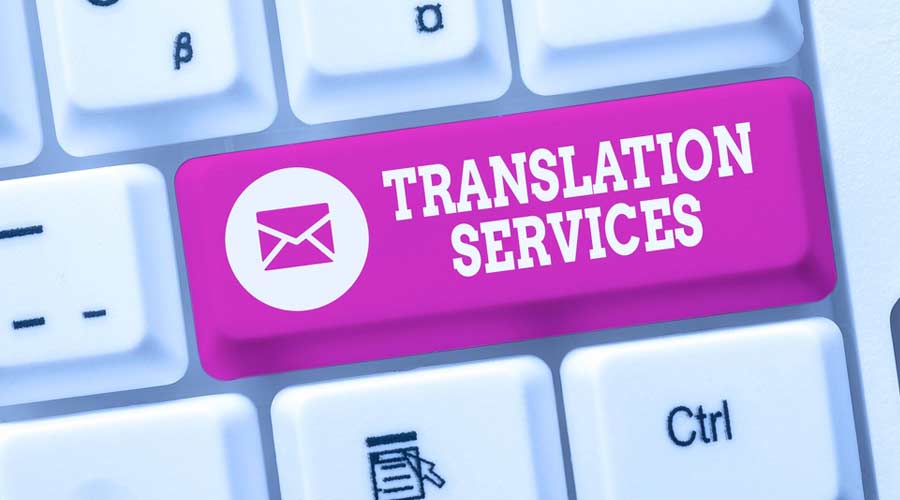
When it comes to safe and effective facility management, it is almost essential for non-English speaking workers to have safety training materials, standard operating procedures (SOPs), and job aides delivered to them in a language they can understand. Without it, words lost in translation is only one of many potential problems to worry about. Having these materials translated into a language that facilities management workers can easily understand creates the following benefits:
• Lower training costs by making training more effective the first time.
• Ensure safety and facility management procedures and protocols are understood and can be followed by all personnel.
• Reduce costs associated with workplace injuries and the overuse of chemically intensive products.
In the Healthy Green Schools & Colleges Standard, translating training materials and SOPs into the preferred language of the staff is a contributing component of one prerequisite, and 14 points toward certification.
Without training and SOPs that can be delivered in languages understood by their staff, facilities management programs can suffer from low productivity, an increasing number of mistakes, unsafe chemical exposures, and a higher number of on-the-job injuries. For example, the Occupational Safety and Health Administration (OSHA) has found that language barriers play a factor in as many as 25 percent of on-the-job accidents.
Here is a breakdown of some of the different options available for translating materials, and the pros and cons of each approach — as well as considerations for cost, time, and the ability to translate languages that may be less commonly spoken.
Free Online Tools (e.g., Google Translate): Free online translation tools can provide quick and immediate translations with no cost involved, and have algorithms that are constantly being refined based on both user feedback and robust data collection methods. However, free translation services can be less accurate compared to professional or native speaker translations, and can fail to pick up, misinterpret, or entirely miss nuances and idioms. In addition, free services like Google Translate may be far less reliable for less commonly spoken languages.
Private Agencies that Provide Translation Services: Agencies can provide professional, accurate, and contextually appropriate translations. These agencies are able to handle a wide range of languages (including those that are less commonly spoken) and often have quality assurance processes in place to ensure the accuracy of translations. Private agencies will be more expensive compared to other options, and they might take longer depending on the volume and complexity of the material. Some agencies might not have experts for highly specialized content or rare languages.
In-House Translation Services from Students/Faculty: If the school has the appropriate language capabilities, using in-house translation services could be a more cost-effective option. This approach can produce contextually appropriate translations and allow for collaborative engagement between faculty, staff, and the facilities cleaning and management team.
However, product quality may vary depending on translators’ skill levels, and turnaround time could be longer, especially if translation isn't the primary responsibility of the participants. In addition, using this option would not be feasible for less commonly spoken languages if the institution doesn't offer those languages.
When determining which approach may work best for translating a custodial team’s existing training materials and SOPs, consider employing the following strategies in order to ensure the best approach for the staff:
• Pilot test the translated materials, especially if using free tools or in-house resources to ensure they convey the intended meaning.
• If budget constraints are a significant factor, consider blending methods. For example, use free tools for initial translations and then have those reviewed by language experts in-house.
• Always be mindful of the cultural context and ensure that translations are not just linguistically accurate, but also culturally appropriate.
Sara Porter is the Vice President of External Affairs at Healthy Schools Campaign and the Director of Healthy Green Schools & Colleges, a partnership between Healthy Schools Campaign and Green Seal. The Healthy Green Schools & Colleges program helps facility professionals identify low- or no-cost measures that can make a major difference in health and indoor air quality. Visit healthygreenschools.org to learn more.

 The Down and Dirty on Cleaning in Virus Season
The Down and Dirty on Cleaning in Virus Season How Surfactant Use is Expanding in Commercial Cleaning
How Surfactant Use is Expanding in Commercial Cleaning